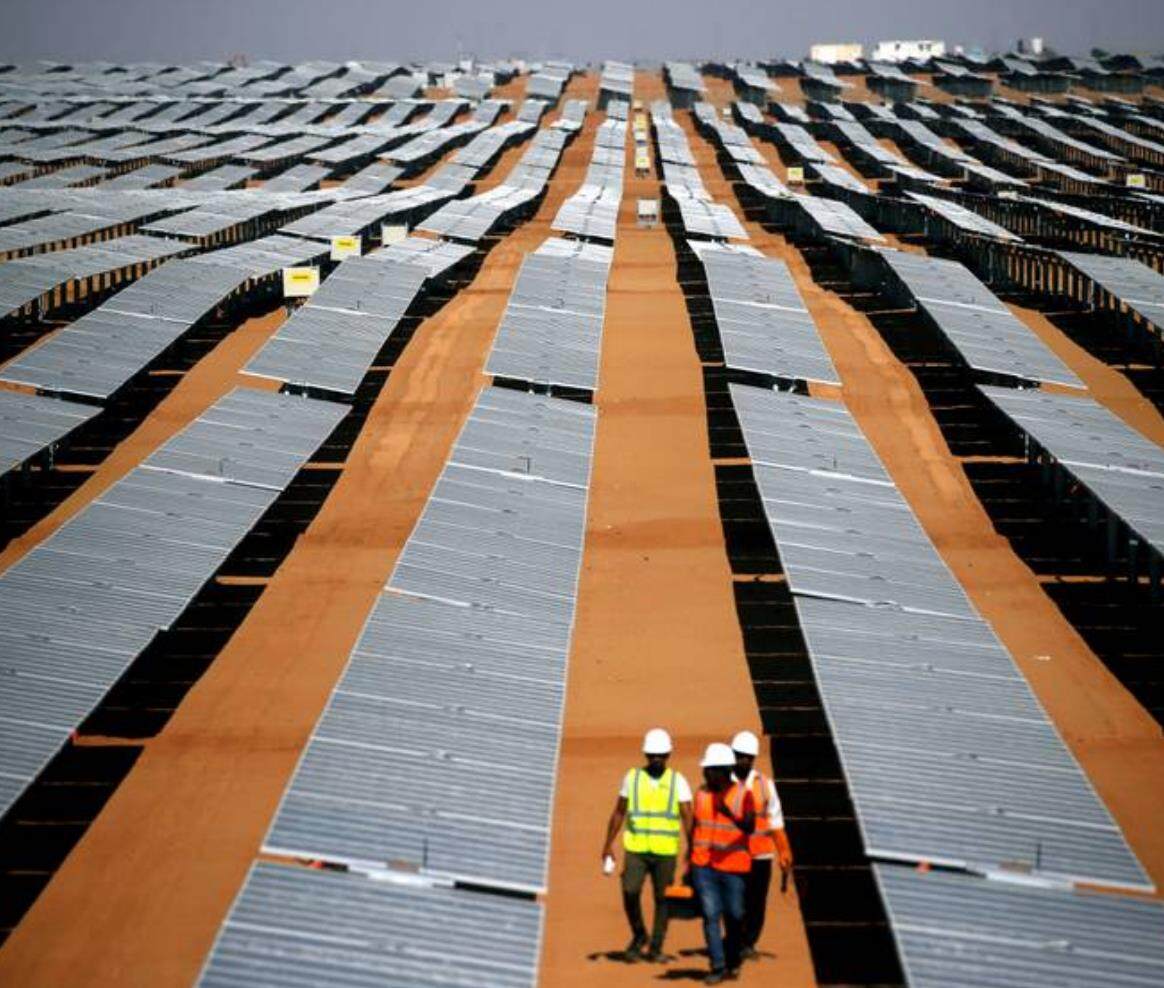- Germany is under even greater pressure, with Europe's biggest electricity market aiming to decarbonise its grid by 2035
- The Netherlands has built mobile solar parks with more than 100 megawatts of solar panels per 100,000 Dutch residents

May marked a milestone in the EU's transition to clean energy when solar panels produced more electricity than all the EU's coal-fired power plants for the first time. The wild expansion of solar power heralds the replacement of fossil fuels, but the breakthrough has also exposed flaws in the energy system.

On some of the sunniest days in May, electricity prices turned negative as grid operators struggled to cope with the surge. While solar is a quick solution to an energy crisis triggered by a Russian gas supply squeeze in 2022, the downside is that the technology is best during periods when solar is abundant, as demand is usually lower. Systems that store energy in batteries or by producing green hydrogen are not advanced enough to keep summer sunlight on at night or to heat houses in winter.

The solar boom and regulatory risks are most evident in the Netherlands.
The Netherlands has more than 100 megawatts of solar panels per 100,000 inhabitants, twice that of Spain and more than three times that of China, by far the global leader in total solar capacity. The Netherlands claims to have the densest solar network on Earth, thanks in large part to long-term government support. The scheme rewards households for installing solar panels by offsetting their energy bills per watt of electricity generated.
The Dutch government did this to stimulate solar panels, but it was a little too successful, said Jorritde Jong, a spokesman for Dutch grid operator TenneT, which owns seven rooftop solar panels that account for at least 80 percent of its annual household electricity consumption.
The Dutch government plans to change the system from 2025. Under the new rules, households that send electricity back to the grid will be able to deduct a reduced amount from their annual bill. By 2031, producers would benefit only from the electricity they actually consume, and would not be compensated for any excess.

The Egyptian plant has a capacity of 1,650 megawatts
Across Europe, people are following the Dutch example. The installation of solar panels in the EU has accelerated since the conflict between Russia and Ukraine. In May, production rose 10% from the previous year to a record 27 terawatt hours. Solar has the key advantage of being installed quickly over wind, hydro or geothermal power. All that is needed is an incentive for homeowners or real estate companies to turn rooftops into mini energy parks. But the grid is built around large generators that work in tandem with grid operators to keep the network balanced. A more distributed system is harder to manage and will be tested this summer.

While record solar and wind production has helped phase out coal and gas plants at an alarming rate by 2023, the EU still has a long way to go to reach its goal of net zero emissions by 2050.
Germany is under even greater pressure, with Europe's biggest electricity market aiming to decarbonise its grid by 2035. Achieving this will require not only a massive expansion of clean energy but also changes to better align consumption with power generation. There are already signs of a mismatch between supply and demand. With Germany, Europe's largest producer, producing record amounts of solar power, electricity prices have at times turned negative. Negative prices are not unheard of and are usually associated with strong winds at night or on weekends when demand is thin. When power surges, suppliers have to pay consumers for electricity. That doesn't mean 100% of electricity comes from renewables. Some traditional plants cannot be opened and closed flexibly, or need to operate to maintain grid stability.

Axel Thiemann, CEO of Sonnedix, one of Europe's largest solar developers, said increased price volatility and continued low or negative interest rates could put further investment at risk at the peak of renewable energy production.
Sonnedix's pipeline of European projects has roughly doubled since the end of 2021, but Tiemann warned that without changes in the way electricity is managed, development will become more difficult. As more investment materializes, the grid will become increasingly saturated at certain times during the summer. Even if you have an unlimited number of solar projects allowed, they will not be built unless there is a clear route to market.
Coping better with the ebb and flow of renewable power generation will require a new kind of flexibility in the power system that wasn't necessary when all the electricity came from some giant fossil fuel and nuclear power plants that could be turned up or down as needed. There are many ways to adapt. Batteries connected to the grid could run on electricity in the sunniest or windiest parts of the day, allowing them to be sold when there is little renewable energy production. Consumers could also be incentivized to use electricity at peak production times. This is especially important as more electric cars hit the road and households switch from traditional boilers to heat pumps.Editor/XingWentao
Comment
 Praise
Praise
 Collect
Collect
 Comment
Comment
 Search
Search














Write something~